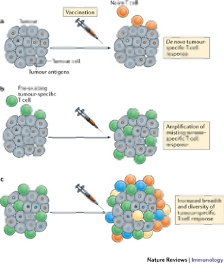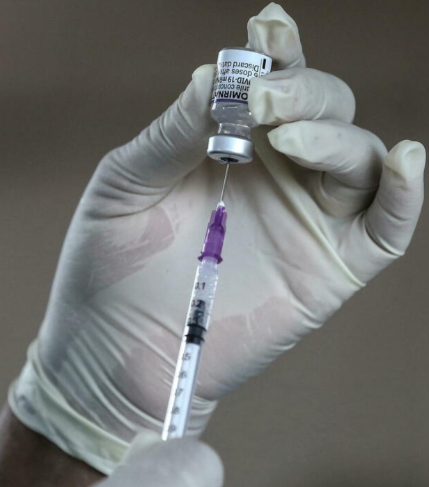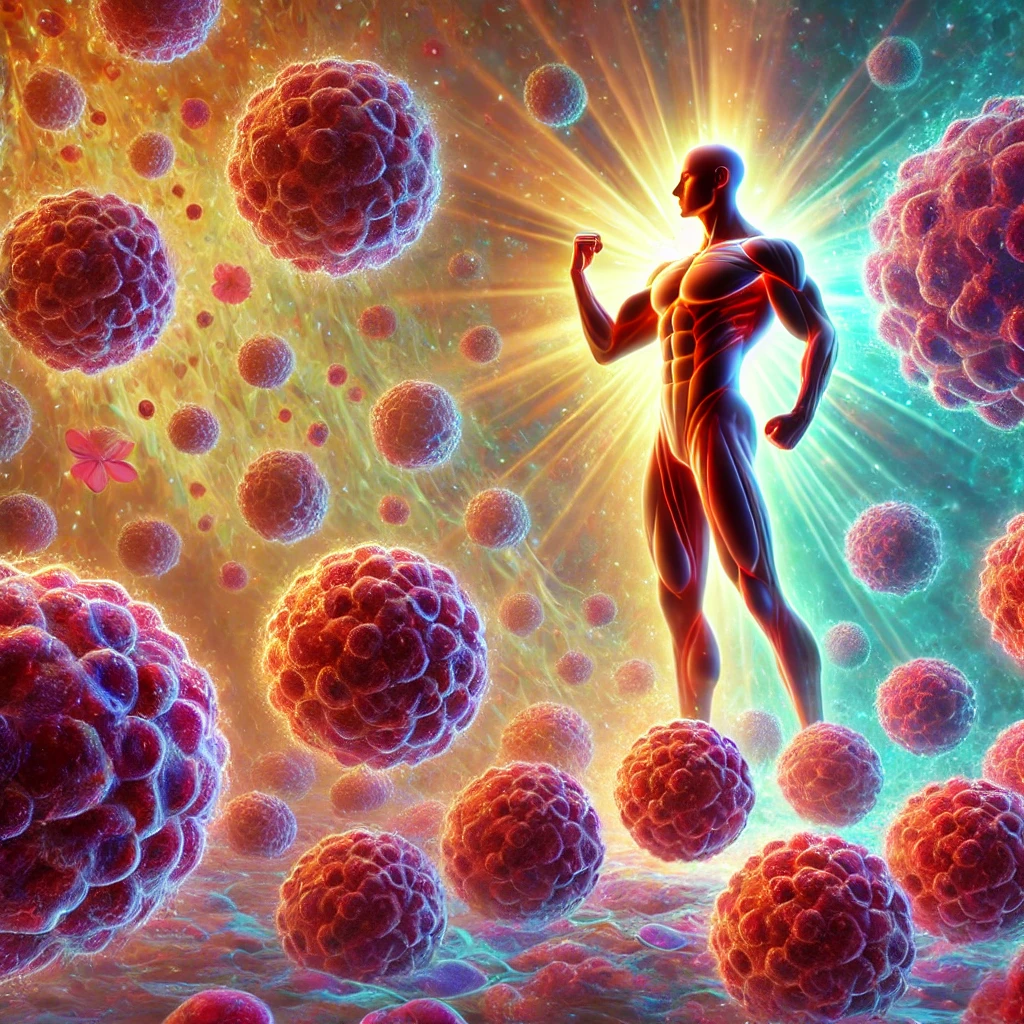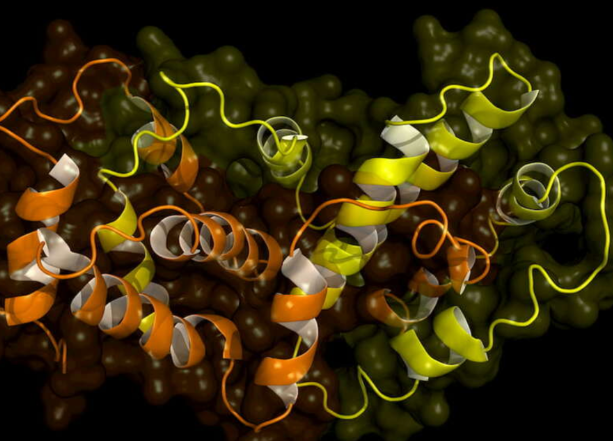After Covid-19, the term “vaccine” also became popular in non-scientific fields.
While many studies have been conducted, even today it may not be clear to everyone how a vaccine works.
The vaccine simulates first contact with the pathogen but without causing disease because the infectious agent is weakened. The basic concept is immunological memory: it serves to prevent infection by instructing our immune system.
mRNA vaccines contain the instructions to produce a specific protein. They are delivered via lipid nanoparticles that fuse with the plasma membrane of the muscle cell, in the case of intramuscular vaccination.
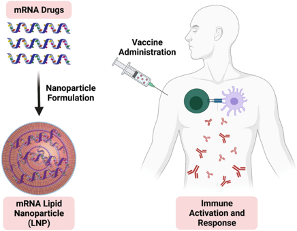
The protein produced will be recognized as foreign by the immune system, which will consequently produce specific antibodies capable of attacking the virus if necessary.
The principle behind vaccines for a pathogen and for cancer is the same: instruct the immune system to detect and fight a potentially dangerous element.
Bacteria and viruses are easier to recognize because they have a different molecular structure and the target to be detected is the same for everyone. Whereas a tumor varies from person to person.
There are two types of cancer vaccines:
- 1) preventive: against infectious agents that can cause cancer, such as the hepatitis B virus. They are analogous to vaccines for infectious diseases.
- 2) therapeutic: these are for sick patients and the purpose is to cure the disease.
A cancer vaccine alerts the immune system that a tumor is growing so that immune cells can destroy it without harming healthy cells.
A specific antigen typical of cancer cells must be identified. We have two types of antigens:
- 1)TAA
- 2)TSA
1)Tumor Associated Antigen, which are suboptimal since they are present in both healthy and diseased cells; the risk is to go to target healthy cells that are essential to the body.
2) Tumor Specific Antigen, are specific to tumor cells, but one must identify the antigen shared by the largest number of patients with that specific type of tumor.
How are they formulated?
The immune cells, the antigen presenting cells (APC cells) are isolated from the patient’s blood, then they are brought into contact with an antigen, the target of the immune response and presented to the lymphocytes. The APCs are re-injected into the patient where they activate lymphocytes that attack the tumor.
Cancer mRNA vaccines could become a new pillar in personalized cancer care. Clearly, the right therapeutic combination will have to be found for each patient to achieve an increasingly better outcome, for example, administering a vaccine in combination with radiation therapy.
